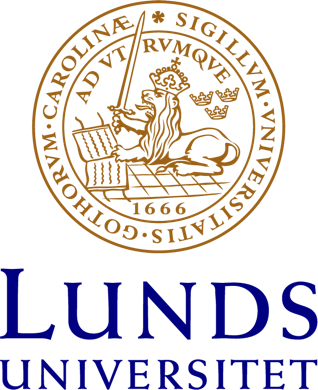Unique field study shows how climate change affects fire-impacted forests
Published 25 April 2024 The team during field work in northern Sweden. Photo: Geerte Fälthammar-de Jong. During the unusually dry year of 2018, Sweden was hit by numerous forest fires. A research team led from Lund University in Sweden has investigated how climate change affects recently burnt boreal forests and their ability to absorb carbon dioxide. The boreal forests form a single biome that sp
https://www.science.lu.se/article/unique-field-study-shows-how-climate-change-affects-fire-impacted-forests - 2025-04-23
